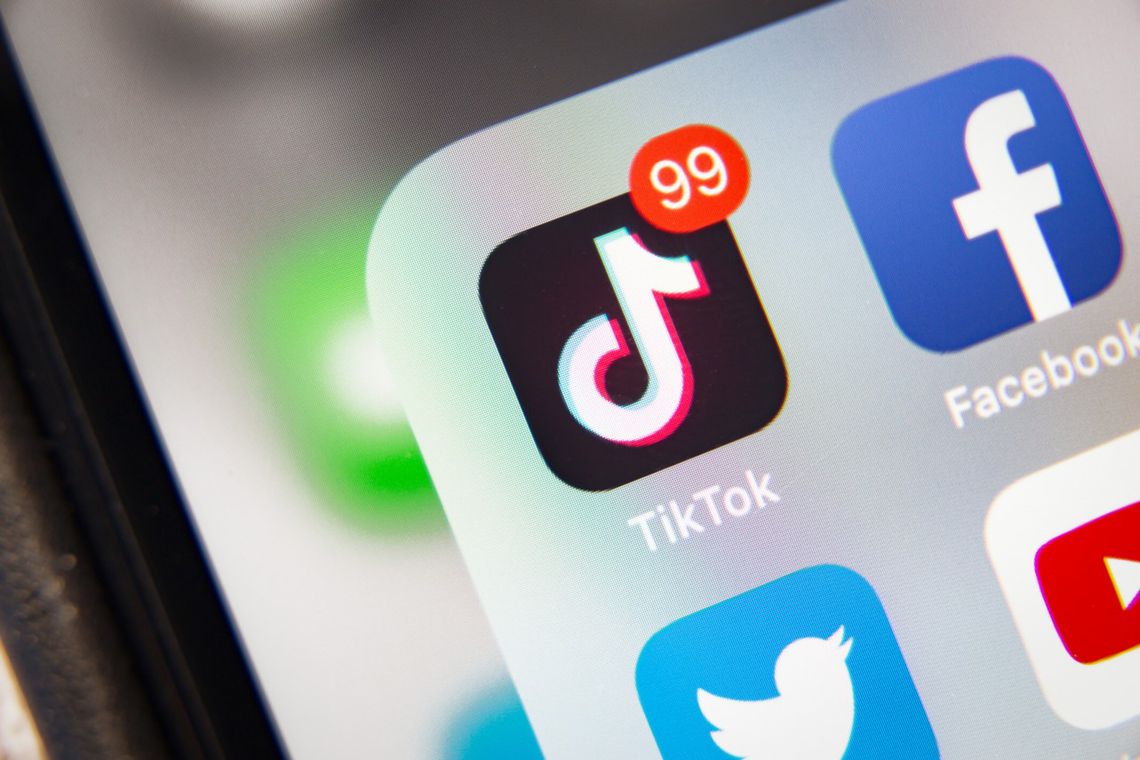TikTok is unfamiliar territory for me. Even though I am among the 47.1% of Nigerian social media users who use the app, I watch TikTok videos more on Twitter and Instagram than the app itself. That said, I was intrigued when I heard that TikTok had launched an election hub for Nigerians to get authoritative information about the upcoming general election.
Given the prevalence of fake news on social media during election season, this seemed timely. However, my excitement was tempered by a suspicion that the announcement was a ploy to ride the election trend and increase the adoption of the app and user engagement. The press release TikTok shared was about 1000 words long, yet it didn’t give any specific information about the election hub’s features. After reading the press release, all I knew was that the election hub was launched in partnership with Nigeria’s Independent National Electoral Commission (INEC), the National Orientation Agency (NOA), and an independent fact-checking organization, Africa Check.
With more curiousity than information, I decided to use the TikTok election hub to see what it’s like. My adventure got off to a rocky start, as finding the hub proved to be quite challenging. As a Nigerian user, I had assumed that the hub would be easily accessible through the app’s profile section or as a widget alongside other relevant features. However, I couldn’t find it anywhere.
Admittedly, my lack of familiarity with the app’s user interface may have contributed to my confusion. Feeling lost and frustrated, I reached out to TikTok for assistance. They sent me a helpful tutorial on how to access the hub. It turns out that users need to find election videos that have a label at the bottom that say, “Get info about the Nigerian elections” in order to find the hub. Here is a visual tutorial:
Unfortunately, this label is not on all videos related to the Nigerian election, but mostly on those with the hashtag #Nigeriadecides2023. It’s worth noting that many other election-related hashtags are popular on the platform, such as #nigeriaelection2023 (32.0 million views), #nigeriaelectionupdate (2.2 million views), #nigeriaelection (which has gotten 5.7 million views), and #nigeriadecides (5.3 million views). However, videos with these hashtags do not link to the hub if they do not simultaneously have the #Nigeriadecides2023 hashtag. Videos which do not have the hashtag but have hashtags like #Obidatti2023, and #BAT2023, sometimes have the label.
TikTok hasn’t shared any data on the number of users who have used the hub, but videos with the hashtag #Nigeriadecides2023 have garnered about 28.8 million views at the time of writing this.
One particularly exciting feature of the election hub is the “Find your polling unit” tab located in the Casting Your Vote section, which allows users to locate their polling center without leaving the app. There were five other sections: Election Countdown, General Election, Voting Requirements, TikTok for Peace Series, and Media Literacy. Each section presents information and contains 1-4 hyperlinks that lead to voter education webpages on the INEC, NOA, and AfricaCheck websites for further browsing within the app.
TikTok has made an exciting move to safeguard its integrity during the election season with the introduction of a hub. However, it’s surprising that a video-centric platform would make its election hub primarily text-based. There are a handful of videos available on the hub, interested users can find them on the in-app NOA website by clicking “Voter Education Resources”. Unfortunately, three out of five videos were unplayable due to unsupported file formats, but they played just fine on the NOA website outside the app.
It’s worth noting that non-video elements of the NOA website were also problematic, including graphic poster designs that had low readability due to a lack of zoom functionality. These posters provide instructions on topics such as how to properly use the ballot paper, how to thumbprint, how to make a valid vote, how to respond to hate speech, etc.
The topics were concisely communicated in NOA’s voter education resources in Igbo, Yoruba, and Pidgin. However, it’s curious that there was no Hausa translation available, despite it being one of the three most prevalent ethnic languages in the country – this same limitation applies to the NOA website.
Also, I was unable to access additional videos that would have been of interest to me, particularly the livestream recordings highlighted in the “TikTok for Peace” section. According to the section, four livestreams were held on January 23, January 30, February 6, and February 8. These discussions aimed to address how platform creators could promote peace and harmony in their content creation and how everyone could work together to combat misinformation and ensure a safe and fair election. Despite the section’s promise, there were no hyperlinks to any of the livestream recordings was hyperlinked, prompting me to question the purpose of the section altogether.
The final section of the hub labelled “Media Literacy” is actually a fact-checking section linked to the independent organization, Africa Check. Through this connection, TikTokers can submit election-related claims for fact-checking without having to leave the app. While the website cautions that fact-checking may take several days and not all claims will receive responses, all claims are read. At present, it remains unclear how many claims have been submitted to the organization.
Overall, the TikTok election hub is user-friendly, informative, and a valuable resource for discovering polling locations, navigating the voting process, and more. While not all the resources are responsive and may not completely eradicate election misinformation, the hub is a significant stride in the right direction.











